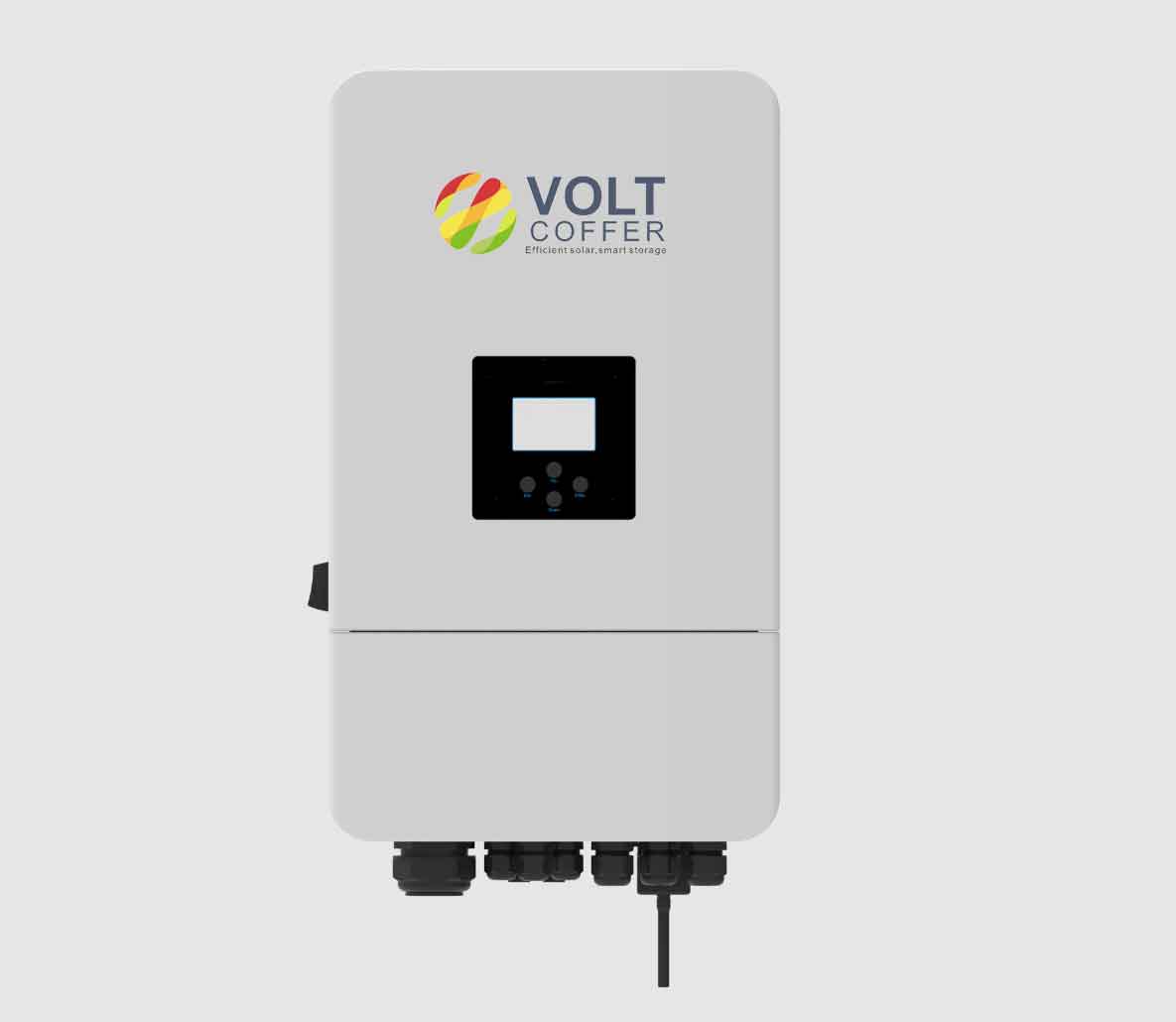
Introduction
- Overview of Solar Power Systems: Introduction to solar power generation, including how solar panels work.
- Role of Inverters in Solar Systems: Explanation of the fundamental function of inverters in converting DC to AC power.
- Emergence of Hybrid Inverters: Introduction to hybrid inverters, highlighting their dual functionality in grid-tied and battery storage capabilities.
Technical Description of Hybrid Inverters
- Basic Operation: Detailed explanation of the operational mechanism of hybrid inverters.
- Components of Hybrid Inverters: Breakdown of key components such as power conversion units, battery management systems, and control units.
- Types of Hybrid Inverters: Description of single-phase and three-phase inverters, including their respective capacities and applications.
Comparative Analysis
- Hybrid vs. On-Grid Inverters: Comparison of hybrid and on-grid inverters focusing on functionality, efficiency, and suitability.
- Hybrid vs. Off-Grid Inverters: Differences between hybrid and off-grid systems, particularly in terms of energy storage and grid dependency.
Applications of Hybrid Inverters
- Residential Applications: How hybrid inverters are used in home solar systems, including energy storage for night use or grid outages.
- Commercial Applications: Usage in commercial settings, focusing on cost-savings, energy reliability, and scalability.
- Industrial Applications: Benefits for industrial users, particularly in regions with unreliable power grids.
Case Studies
- Developing Countries: Exploration of hybrid inverter applications in areas with weak or non-existent power grids.
- Advanced Markets: Use in advanced markets for energy management and to leverage time-of-use tariffs.
Market Analysis
- Current Market Leaders: Overview of leading hybrid inverter manufacturers like VoltCoffer, comparing their products and market reach.
- Market Trends: Analysis of trends in the hybrid inverter market, including growth in residential, commercial, and industrial sectors.
- Future Projections: Predictions for the hybrid inverter market, including technological advancements and potential market expansions.
Challenges and Opportunities
- Technical Challenges: Discuss challenges such as integration with existing power systems, battery compatibility, and maintenance.
- Economic Challenges: Analysis of costs versus benefits, investment recovery periods, and incentives that affect adoption rates.
- Environmental Impact: Assessment of the environmental benefits of using hybrid inverters, including reduction in carbon emissions and dependency on fossil fuels.
Future of Hybrid Inverters
- Technological Innovations: Potential future technological improvements in hybrid inverter design and functionality.
- Integration with Smart Grids: How hybrid inverters can play a role in the development and operation of smart grids.
- Potential for Global Impact: The role of hybrid inverters in global energy markets, especially in enhancing energy security and sustainability.
Conclusion
- Summary of Key Points: Recap of the discussed points, emphasizing the importance and versatility of hybrid inverters.
- Final Thoughts on Market and Technology Trends: Reflections on the evolving role of hybrid inverters in a changing energy landscape.
